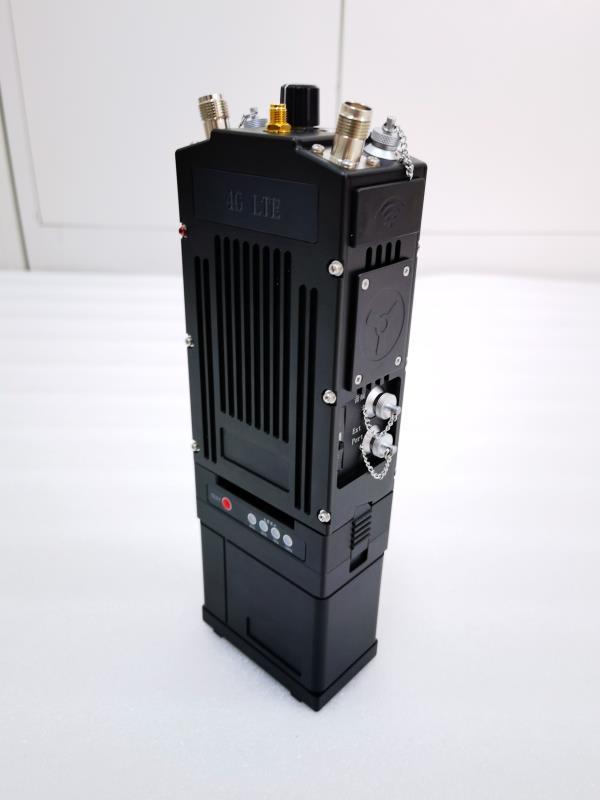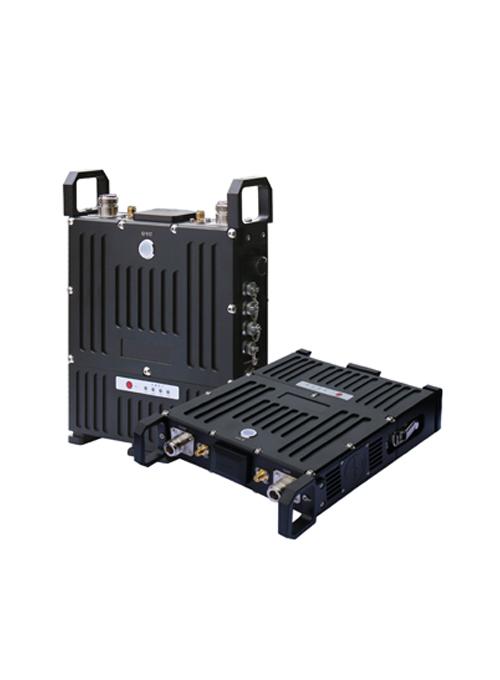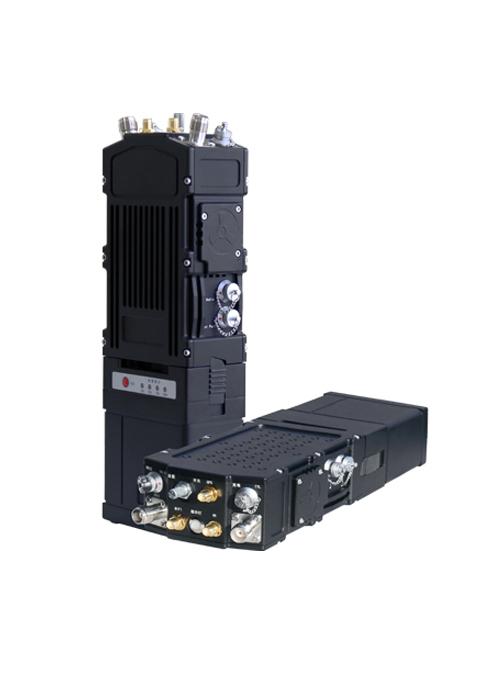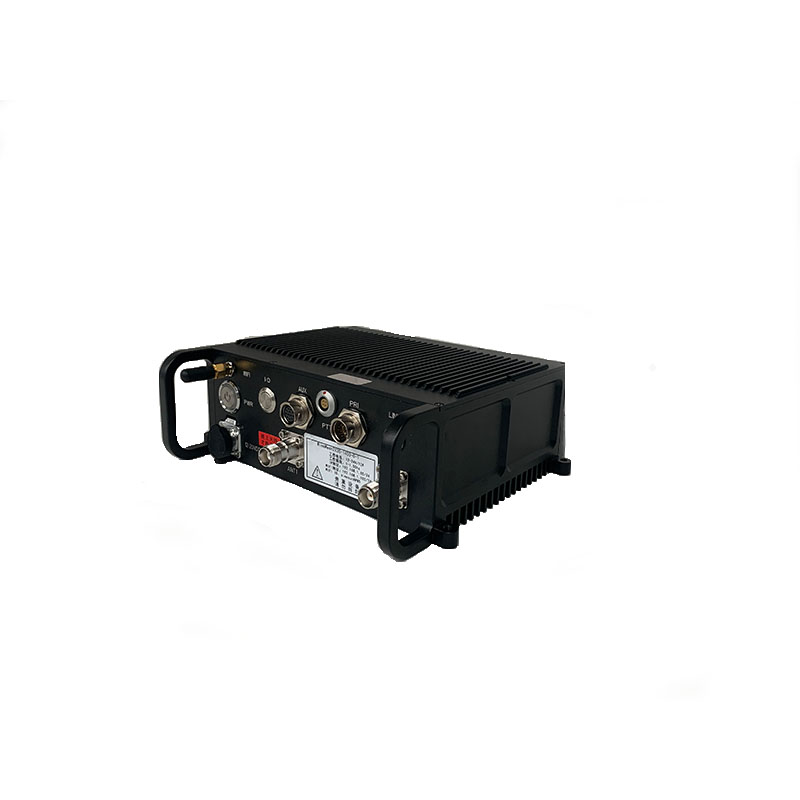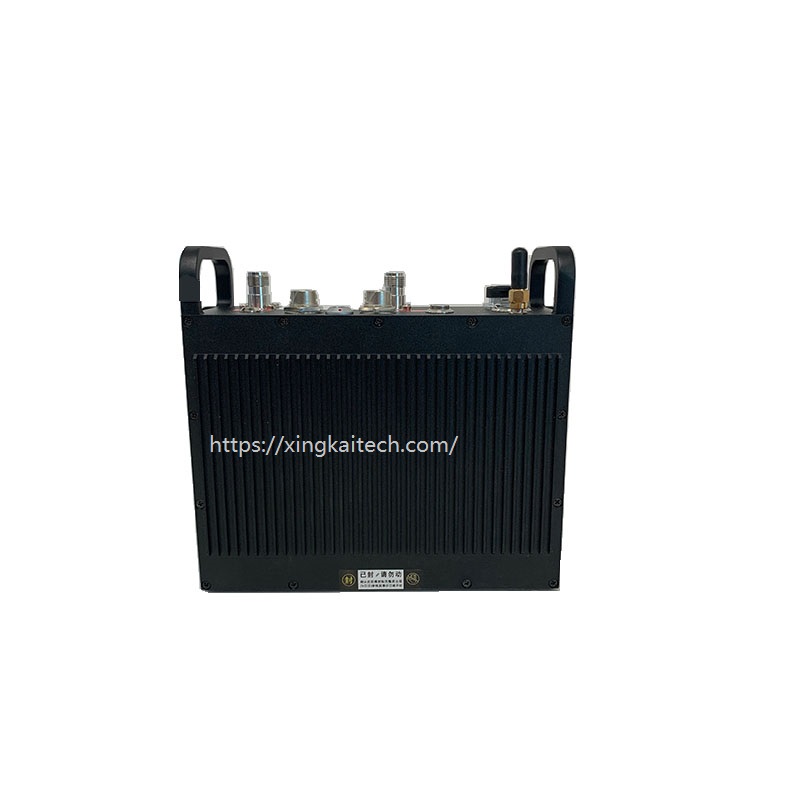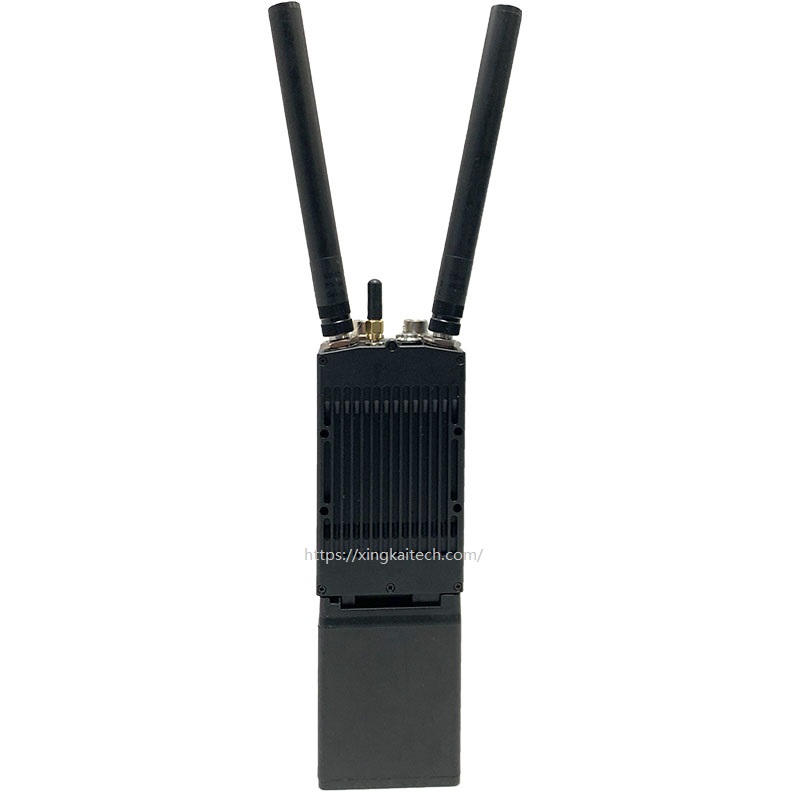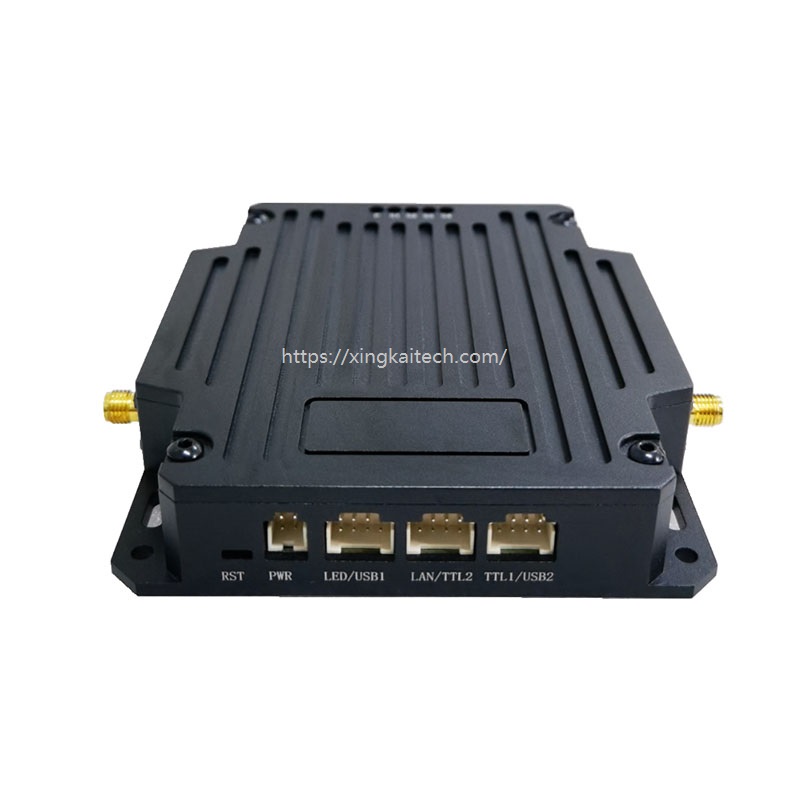Tactical Communication
2*2 MIMO IP Mesh Radio
XK-V104TE is an individual-soldier multi-purpose/high-performance wireless ad-hoc communication device that supports automatic relay and multi-hop. Without using any central base station, the wireless voice communication, HDMI/ network video input, and 2-network data transmission among individual soldiers can be realized; It has also been provided with a 4G LTE access capability (upgradeable for 5G network in the future) for quick access to the public network; The Beidou /GPS oriented MESH management platform is supported to view the real-time location information of individual soldiers.
- Long transmission distance.
- Strong anti-interference.
- Good diffraction.
- Safe and reliable
XK-V104TE FEATURES
- MIMO dual-channel center-free ad-hoc network with a strong NLOS communication capability.
- Ultra-wide frequency 350M-3.8GHz (customizable).
- Centralized management platform, supporting Beidou/GIS real-time topologic maps.
- 120Mbps of maximum speed, wireless networking bandwidth.
- Supporting 2.4G.
- Supporting HDMI input.
- Supporting audio/video scheduling.
A multi-hop ad hoc network is a type of wireless network where nodes communicate with each other in a decentralized manner, without the need for a fixed infrastructure or centralized control. In this network, each node acts as both a transmitter and receiver, allowing them to relay data to other nodes within their communication range.
Unlike traditional networks where data is typically transmitted through a single hop, in a multi-hop ad hoc network, data can be relayed through multiple intermediate nodes before reaching the destination node. This feature enables communication over longer distances and facilitates communication in scenarios where direct communication between nodes may not be feasible due to physical obstacles or limited transmission range.
Nodes in a multi-hop ad hoc network use routing protocols to determine the optimal path for data transmission. These protocols consider factors such as node connectivity, available resources, and network topology to select the most efficient route. Each node acts as a router, forwarding packets to the next hop until the data reaches its intended destination.
One of the advantages of multihop ad hoc networks is their ability to provide connectivity in environments where infrastructure-based networks are unavailable, impractical, or disrupted. They are particularly useful in scenarios such as disaster response operations, military operations, remote areas, and vehicular networks.
However, multi-hop ad hoc networks also face challenges. As nodes rely on each other for relaying data, the network’s performance can be affected by factors such as node mobility, interference, and limited resources. Routing protocols must adapt to changes in the network topology and ensure efficient data delivery while conserving energy and managing network congestion.
Overall, multi-hop ad hoc networks offer flexible and self-configuring communication capabilities, allowing nodes to establish wireless connections and communicate with each other without relying on a fixed infrastructure. They enable communication in various challenging environments, making them valuable for numerous applications that require dynamic and decentralized wireless networking.
Product Performance
| Item | Performance |
|---|---|
| Networking frequency | 1400-1485MHz@4W MIMO 2*2 |
| Encryption mode | AES128 |
| Modulation method | BPSK/QPSK/16-QAM/64-QAM |
| Transmitting power | 36dBm |
| Receiving sensitivity | Up to -102dBm |
| Transmission delay | 1~2ms |
| RF interface | 1400-1485MHz (350MHz-6GHz, customizable) MESH TNC*2、WIFI SMA*1、4G LTE SMA*1、GPS SMA*1 |
| Channel bandwidth | 2M/5M/10M/20M/40M (adjustable) |
| WiFi hotspot | 2.4G |
| Effective distance | LOS:3~5km; NLOS:800m~2km(ground to ground) |
| Configuration mode | WEB and MESH management platform |
| Number of ad-hoc network nodes | No less than 50 nodes |
| system | MESH ad-hoc network. |
| Operating Temp. | -30℃ ~ +65℃ |
| Operating Humidity | 5% ~ 95%(non-condensing) |
| Storage Temp. | -45ºC ~ +85ºC |
| in weight | 1060g |
| Sizes | 277x80x46mm |
| Supported voltage | 16.8V power supply |
| Overall power consumption | Average device power consumption: 12W |
| the | 2.5 hrs of charging for 4~6 hrs of operation |
| RF interface | TNC*2 |
| Interface | HDMI, PTT, charging, TTL, SIM, network interface switch, volume |
